How to stop the transport pollution of land?
In the modern world, transport infrastructure is one of the most important factors in the development of the state. It stimulates the economy, increases trade turnover and the well-being of citizens. But with the growing number of roads and railways, there is less and less room for nature, the earth is drying up, vegetation is dying out. How to improve the condition of the soil and at the same time not lose the pace of development? Today, there are many solutions to this problem: from switching to new, safer fuels to building elevated transportation routes, as is being done by the Belarusian company UST Inc.
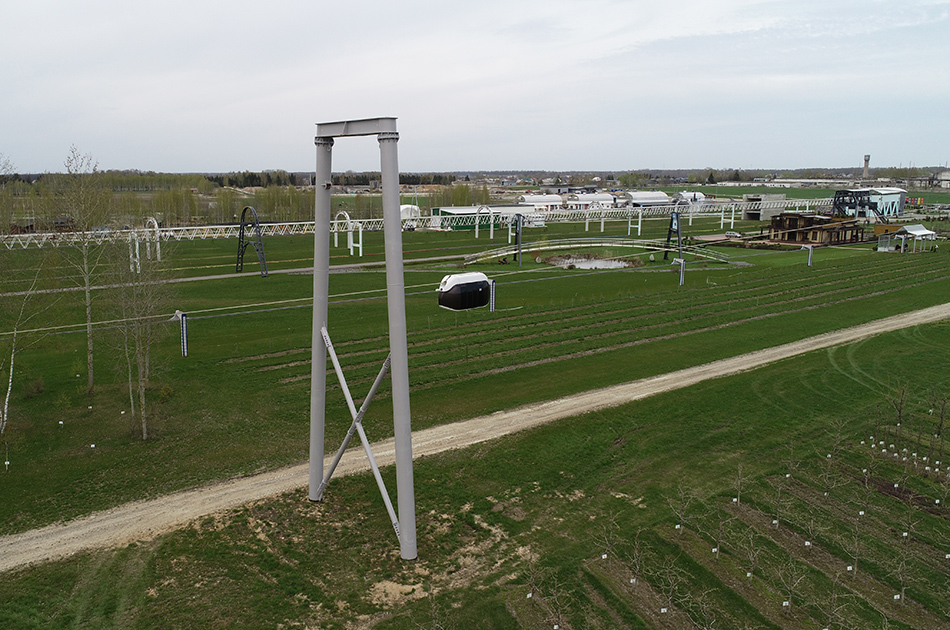
Land transport is the main threat to the environment
The soil is negatively affected by any traditional transport: aviation, railway, automobile. The combustion products of aviation fuel and the high oxygen consumption of aircraft engines during takeoff and landing reduce the biological activity of the soil. This leads to its mineralization and a decrease in fertility.
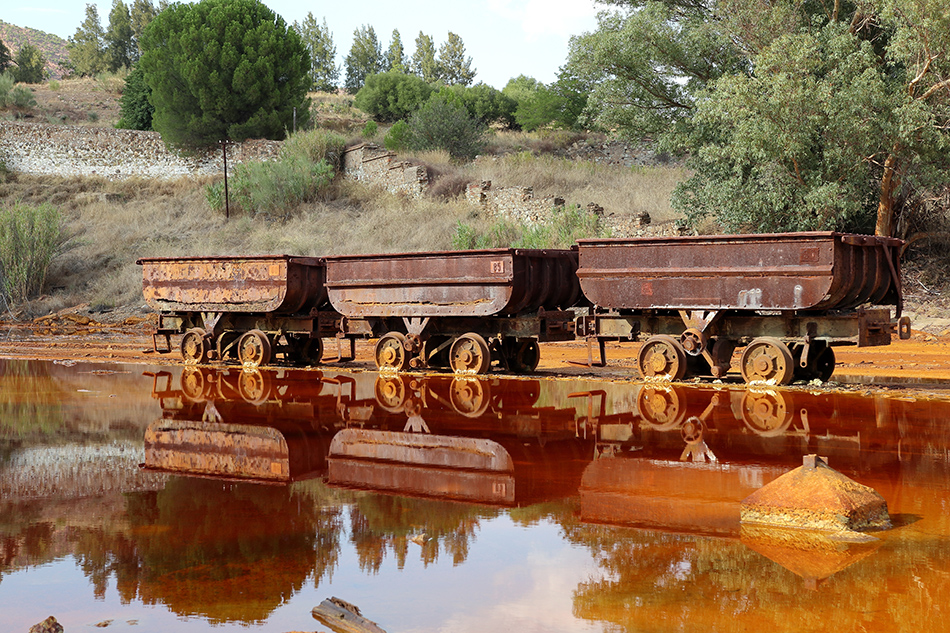
Rail transport poses an even greater threat. The ground around the tracks is saturated with heavy metals. Their source is the combustion products of diesel locomotives, the remnants of dangerous substances transported by rail, such as fertilizers, petroleum products, and various dangerous chemicals. When the train crashes, part of the dangerous cargo falls to the ground, causing severe damage to the soil.
Passenger cars are also a serious source of pollution. Every year, hundreds of cubic meters of wastewater with pathogenic microorganisms are poured onto the tracks and tons of garbage are thrown out.
Laying rails requires significant land acquisition, as well as the treatment of the area around the track with pesticides. This is done annually and causes serious damage to the soil cover.
Road transport is the leader in terms of the degree of danger to the environment and the soil in particular. It is estimated that, for example, in Moscow, cars account for 93.45% of all harmful emissions, while for Minsk the figure is 85%.
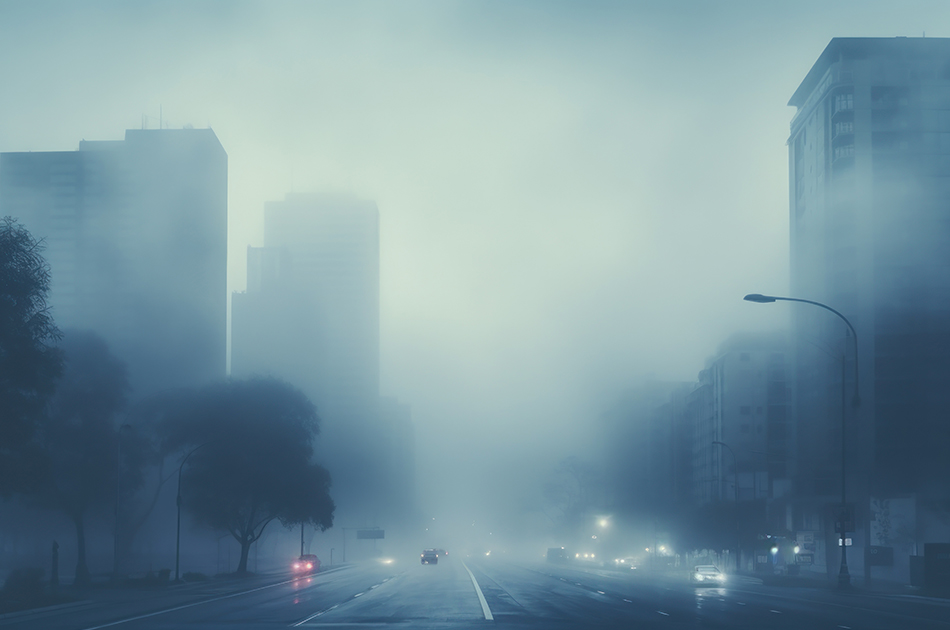
It is not without reason that highways are considered to be objects of environmental danger. Lead and sulfur particles emitted by vehicles in large quantities accumulate in the upper layer of the soil, killing all living things. For example, not a single tree species takes root near the Moscow Ring Road – they all die due to toxic soil. It turns out that in order to preserve the ecosystem, you need to abandon transport links, but this is not possible. But what if we move all transportation to a higher level – above the ground?
Advantages of abandoning ground transportation
The construction of highways often involves the significant land acquisition. On average, up to 10 hectares of land are needed to build 1 km of highway. It is not difficult to calculate that in such a large country as Russia, the area of land alienated for roads is estimated at tens of millions of hectares.
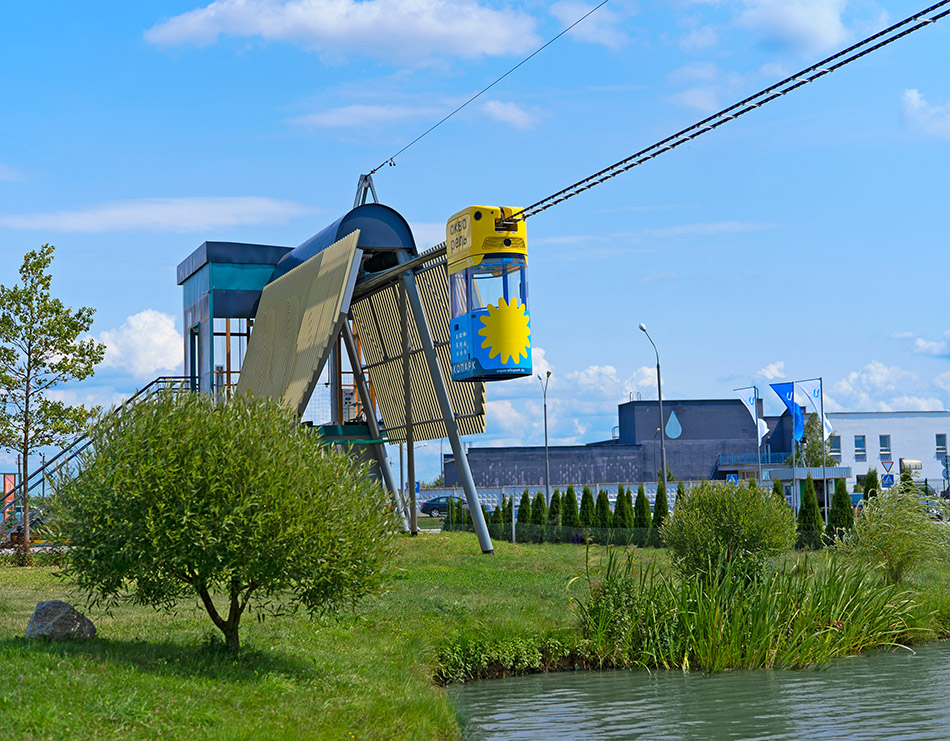
The track structure of the uLite complex, built using uST technology in the Aquarelle Ecopark, requires minimal expropriation of land. The track is propped up on supports arranged in increments of 250 m. A foundation with an area of no more than 2 m2 is poured under each of the two pillars of the support.
The construction of roads can lead to landslides, soil subsidence, and the formation of gullies and ravines. Over time, embankments of railways and highways can alter the natural surroundings near which they are located. For example, these structures can delay air masses, leading to frost, and contribute to the waterlogging of an area.
Pollution from vehicles harmful emissions persists for many years after a road has ceased to be used or has been eliminated. This can be a difficult legacy for future generations, and one of the most effective ways to prevent this is by abandoning land transport in favor of technologies that don’t take fertile land out of circulation and don’t poison nature.
Rising to a higher level
There are many transport solutions that provide for aboveground routes, such as a monorail or a cable car. In some cases, they can effectively complement the urban transport system, but they will not become a full-fledged replacement for land transportation, especially when it comes to cargo delivery. In addition, the monorail design provides for the construction of massive concrete supports for the track structure, which require significant land acquisition. In turn, the cable car does not have a high carrying capacity and durability.

The transport and infrastructure complex developed by Unitsky String Technologies Inc. offers great opportunities. This can be seen on the territory of the Belarusian EcoTechnoPark, built on the site of the former tank range in Maryina Gorka. This facility is different from all existing transportation testing centers. The local landscape is more like a nature reserve – it has forests, meadows and lakes where visitors can go fishing. Here, right in the middle of the trees, berry and vegetable plantations of the local farm, uST transport and infrastructure complexes, which can carry up to 50,000 passengers per rush hour or up to 100 million tons of cargo per year, are being tested.
Transportation in harmony with nature
uST complex's track runs above ground, and its rolling stock – electric rail vehicles (uPods) – does not produce any harmful emissions. The uPods are powered by electricity and assembled using environmentally friendly materials. It is easy to see this if you look at the track itself, under which fruit trees grow. All this is happening on the territory where army maneuvers involving tanks have previously taken place. Apart from sand, diesel fuel and gunpowder, there was nothing. Nature was practically destroyed here: for kilometers around there was dead soil on which nothing grew.

In the EcoTechnoPark, tests of new configurations of cargo and passenger uPods are harmoniously combined with the development of green technologies. Here, 105 different types of soil are collected from various countries around the world, including the Czech Republic, Australia, and Ireland. On their basis, a universal fertile soil is being developed.
Thanks to this, the company is able not only to build complexes, but also to restore the ecosystem that was damaged by the previous transport infrastructure.
Thus, uST complexes can become an environmentally friendly transport solution because their routes do not interfere with organic farming and create a minimal load on the biosphere.
More news
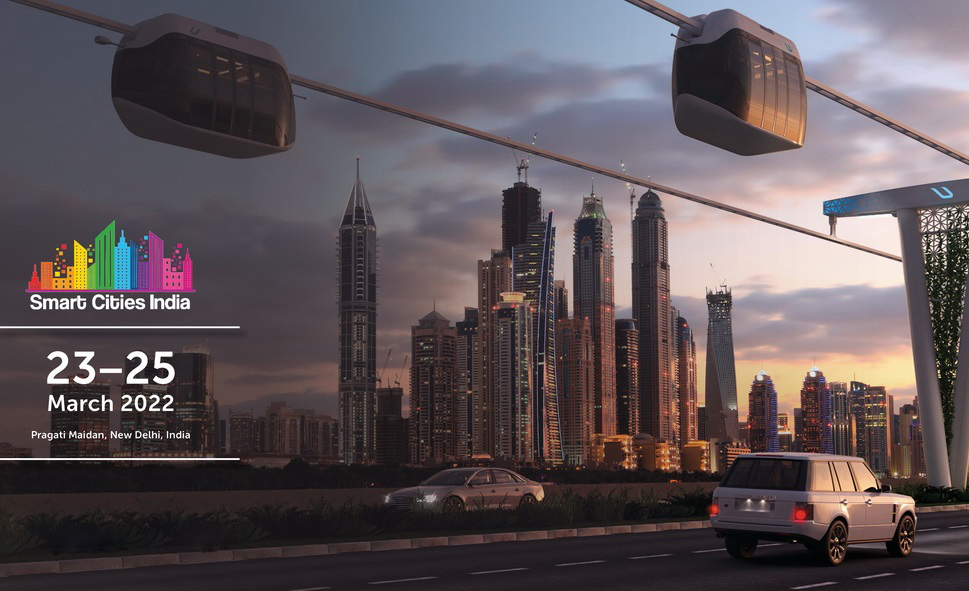
News
25 March 2022
uST Participation in Smart Cities India Expo 2022 Has Not Gone Unnoticed by the Media
The international exhibition Smart Cities India Expo 2022, which takes place in New Delhi, has become the focus of many media. World Construction Today wrote about participation of Unitsky String Technologies Inc.
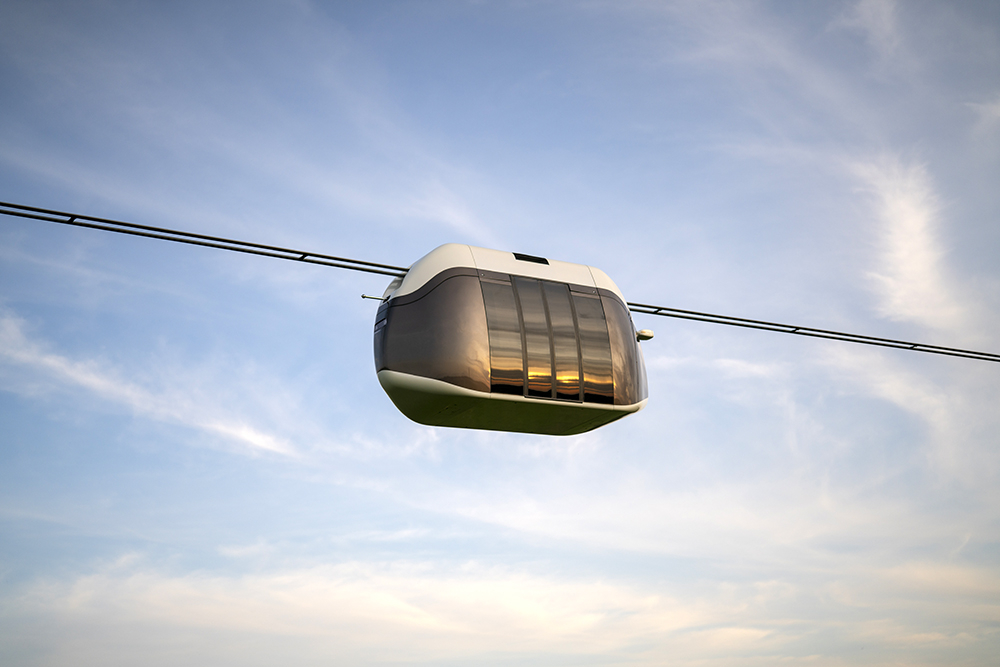
Analytics
14 January 2022
World Construction Today: «Two Different Systems. What is the Difference Between uST Transport and Cable Cars?»
World Construction Today published an analytical article on Unitsky String Technologies Inc., detailing the colossal difference between uST transport and cable roads. The author of the material came to this conclusion by comparing the principle of work, energy consumption, speed, carrying capacity, and other characteristics of the two transport systems.
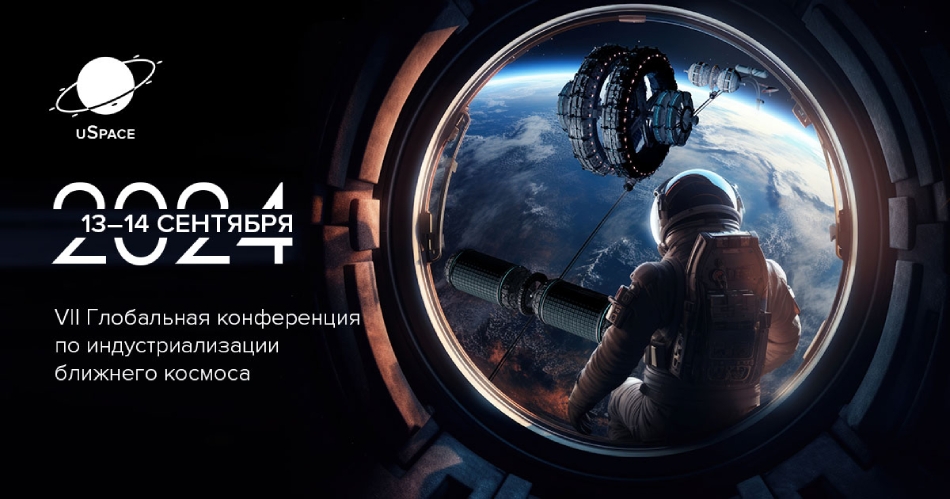
News
13 September 2024
UST Inc. representatives are participating in the conference on near-space industrialization
From September 13 to 14, Maryina Gorka (the Republic of Belarus) hosts the VII Global Conference on Near Space Industrialization (GCNSI 2024)

